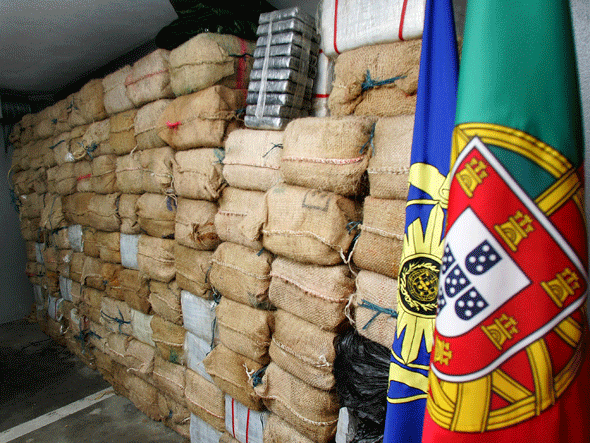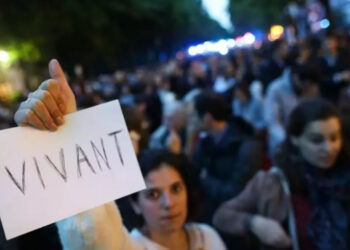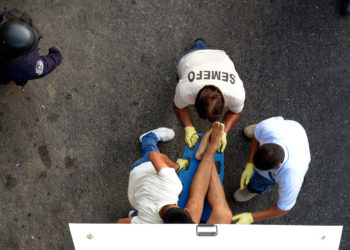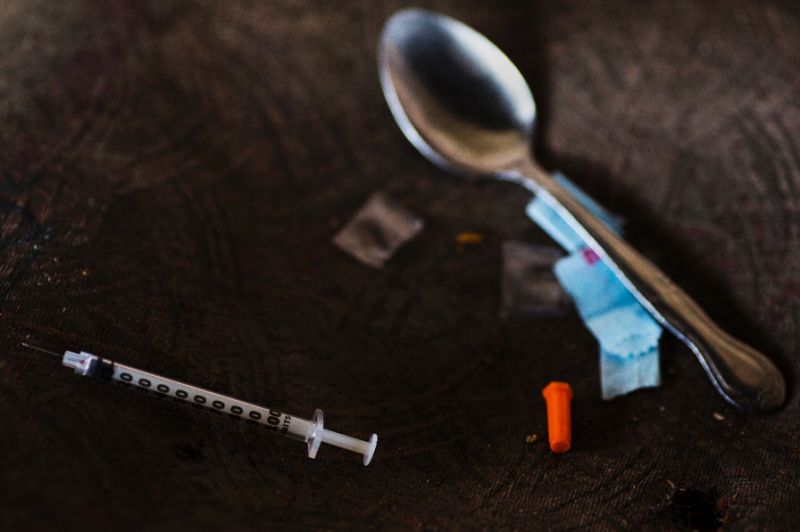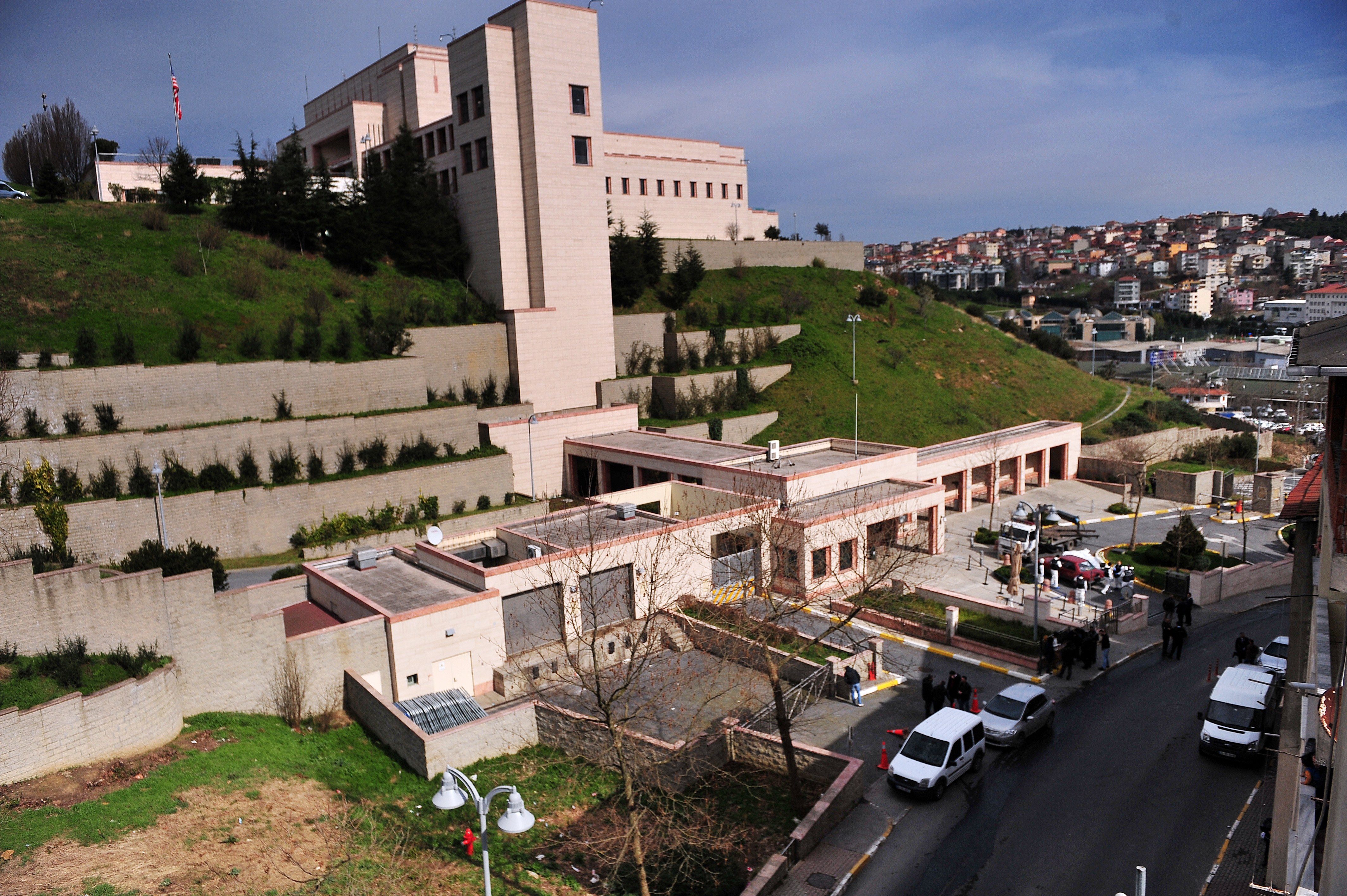(LISBON, Portugal) — At noon, on a noisy street under a bridge in Lisbon, a 34-year-old former barman named Jõao Neto took his daily dose of 85 miligrams of methadone at a van. Until only a year ago he used to consume 5 doses of heroin a day, but now he’s managed to come off.
“Doctor, do you know when I’ll be able to be interned at the rehabilitation clinic?” Mr. Neto asks Sofia Pinteus, a psychologist and one of the coordinators of Lisbon’s methadone program, run by an association called Ares do Pinhal.
In the late 1960s, the U.S. was faced with drug related crimes and hundreds of deaths from heroin overdoses. This led to harsh punishment as opposed to rehabilitation. But it didn’t work. The number of people incarcerated has continued to rise, and so have deaths from overdoses, exceeding 59,000 in 2016.
Portugal, on the other hand, took a radical turn in 2001, decriminalizing drug use (drug dealers still go to prison). The emphasis has been on treating drug addiction with a public health approach rather than a “lock-them-up” approach. Today, the number of heroin addicts has halved, according to the ministry of health, from 100,000 people before the policy began.
Today Portugal has one of Europe’s lowest drug mortality rates. Around 16 people died from drug overdoses in 2012, higher than the number the previous year, but still below the average number registered between 2008 and 2010.
The number of people with HIV also dropped, from 1,001 new cases in 2001 to 56 cases in 2012.
“We were facing such a disaster, we thought we had nothing to lose” says João Goulão, the national drug chief who pushed the decriminalisation law forwards. “It was incoherent to accept that we were dealing with a health problem and then to criminalize the sick.”
Since the law was passed, people caught with less than what is considered 10 days worth of drugs are not sent to court. Instead, they are sent to a “dissuasion commission” where they get a counseling session.
“Since it’s the first time you’ve been caught, we’re not going to take any measures,” Nuno Capaz, coordinator of the dissuasion commission, tells a 26-year old man who was caught with hashish over the weekend and has just attended a brief counseling session with a psychologist. Capaz then explains that if he is repeatedly caught with drugs he could have to pay a fine or do community service. Drug addiction leads to an administrative penalty, not a criminal one.
The disuassion commission’s objective is to avoid people becoming addicted to drugs. Capaz likens drug addiction to other diseases, like diabetes, and explains that it is key to discuss any other problems people might be experiencing in other areas of their personal lives.
For people who are addicted to harder drugs like heroin and crack cocaine, the first step is a methadone van, implemented by the Association Ares do Pinhal, which cruises around Lisbon neighborhoods every day.
Dozens of addicts flock to the van to take their daily dose of methadone and in some cases to get treatment for diseases like hepatitis or AIDS.
“You shouldn’t quit methadone all of a sudden. You have to wean off slowly,” Elsa Belo, a social worker and technical director of the programme, advises one man who is sipping on his daily dose out of a plastic cup. Methadone users are greeted by social workers and offered support.
Belo points out that the country’s focus is on harm-reduction and risk minimization. Users are given psicosocial support and help with finding housing. Addicts are not pushed into stopping methadone or kicking their addiction.
“I’ve got no intention to stop taking methadone, for now,” says 45-year-old Rita Pestana, who became hooked on hard drugs at age 14. “And I still take some drugs now and again.”
Ms. Pestana has gone through a rehab clinic as well as methadone programs and has suffered several relapses. But before being on this program she consumed on average 2 grams of cocaine and 2 grams of heroin daily – a high and potentially lethal dose.
“This [the methadone van] is the best thing that has happened to me,” says 62-year-old Jose Santos, who is homeless and currently getting treated at the van for primary stage tuberculosis. “If it wasn’t for this, I don’t know if I would still be here to tell the story.”
Outreach programs also function in neighborhoods like the former shantytown Casal Ventoso, which used to be Europe’s biggest drugs supermarket and today is almost desolate. Some men still shoot up in the ruins of houses amid garbage sprawled across the floor and used needles. Tania Ponte and Rita Lopes, from the association Crescer, come here daily to hand out clean syringes and tin foil, and clean up the dirty syringes.
Ms. Ponte and Ms. Lopes encourage addicts to join a rehab center and help them with other aspects of their lives, such as with housing or with seeing a doctor. While they may not be able to convince all drug users to quit, they can help keep them alive.


